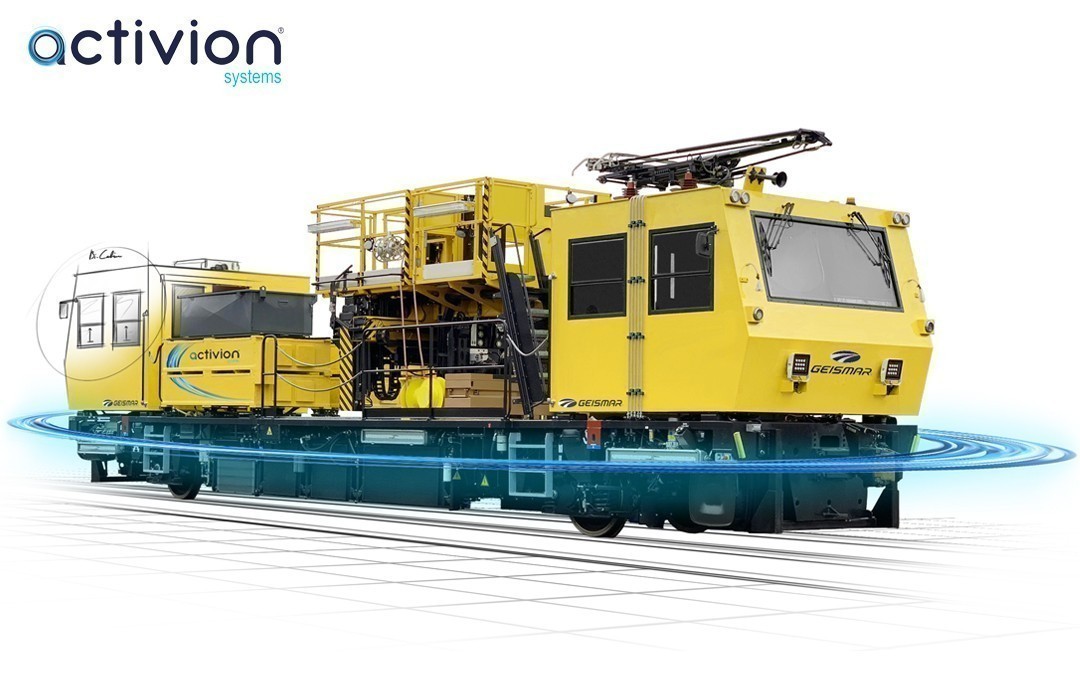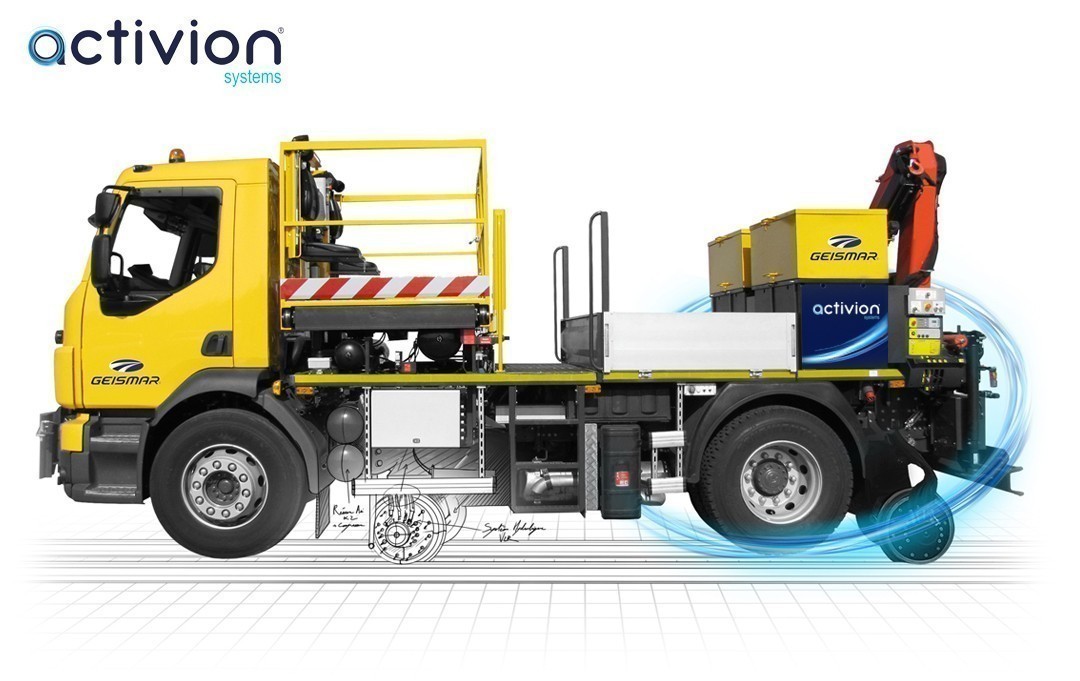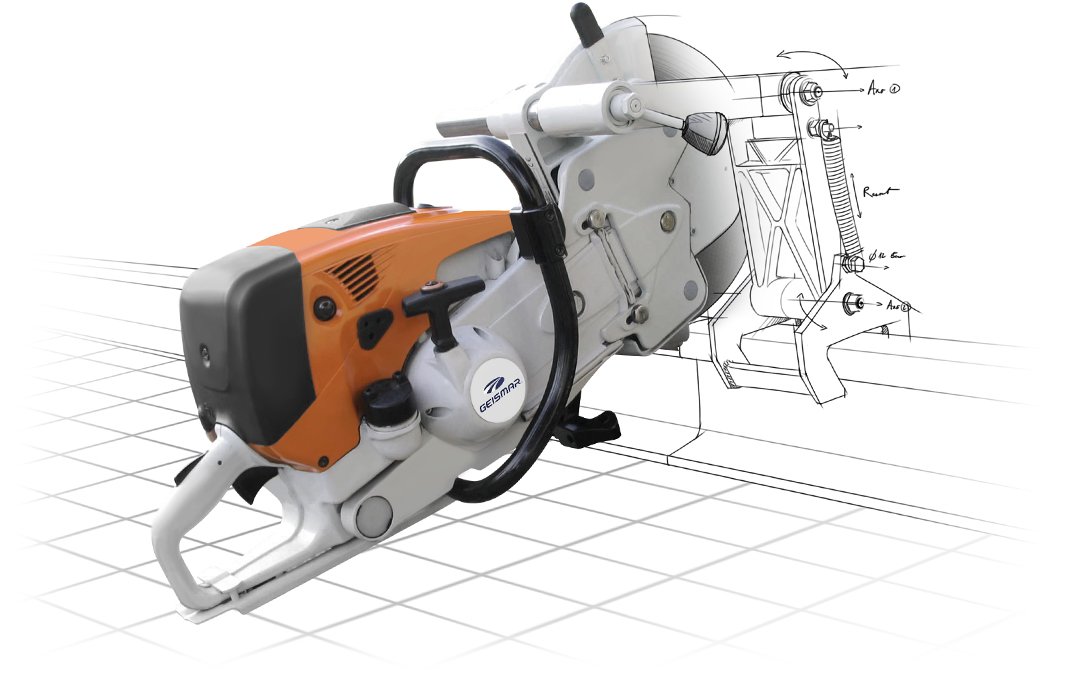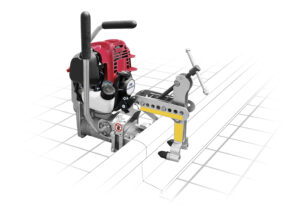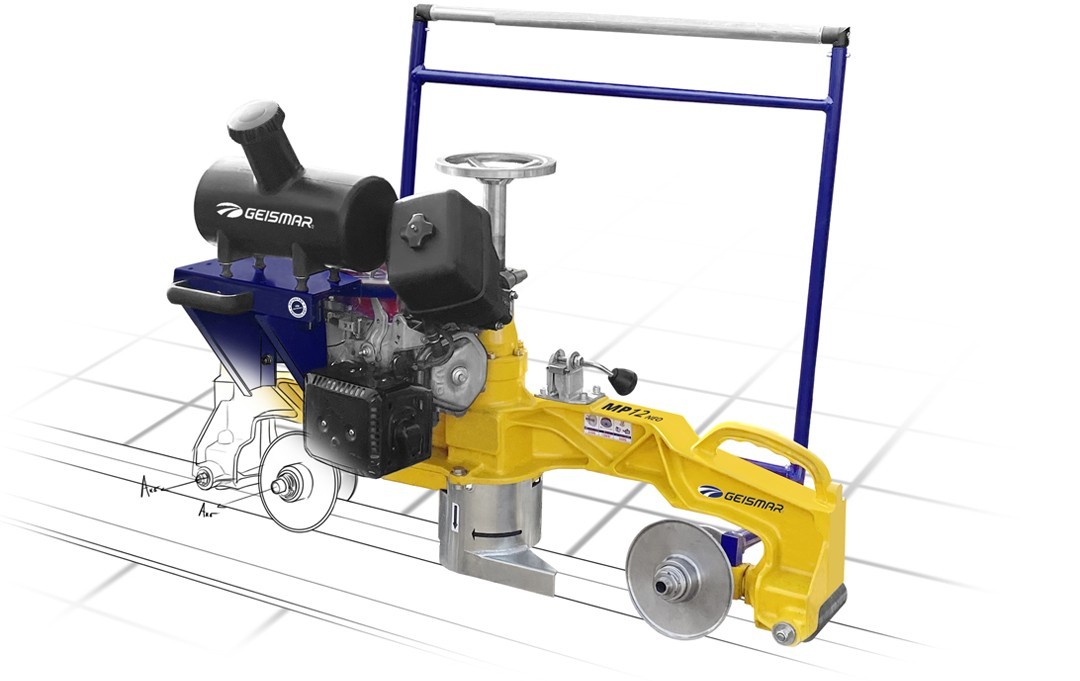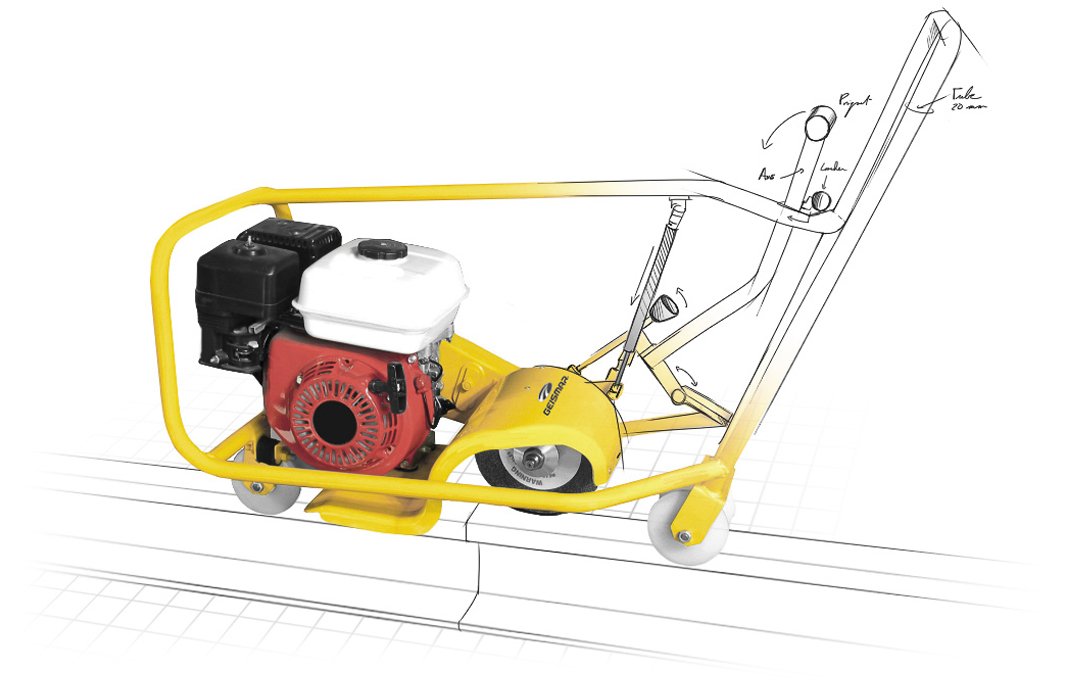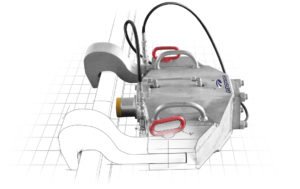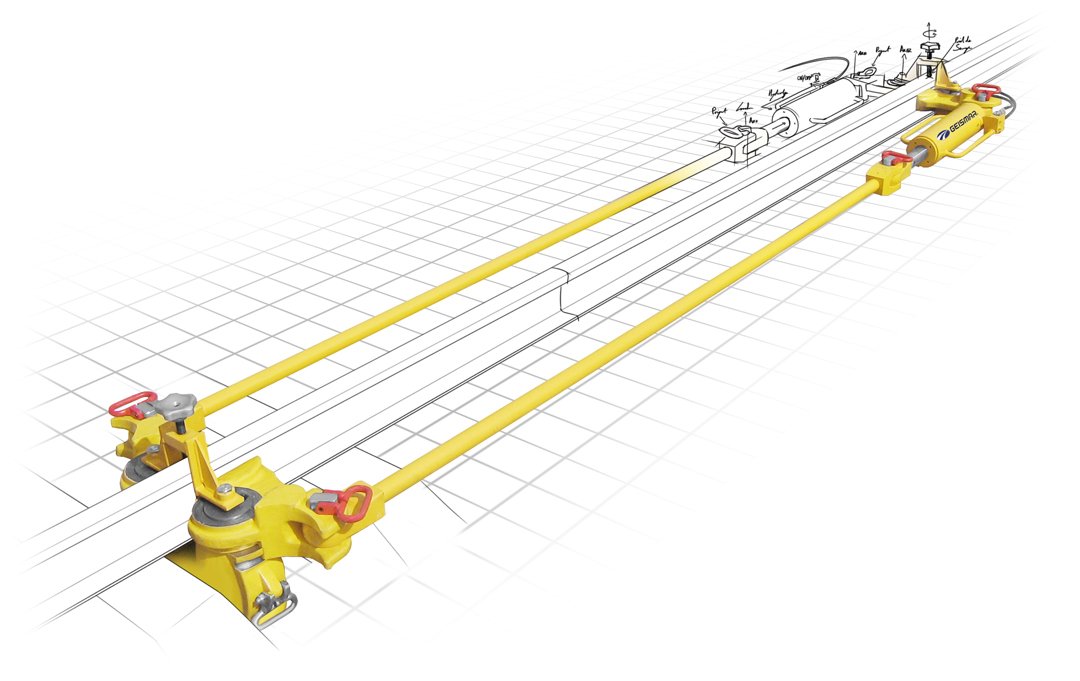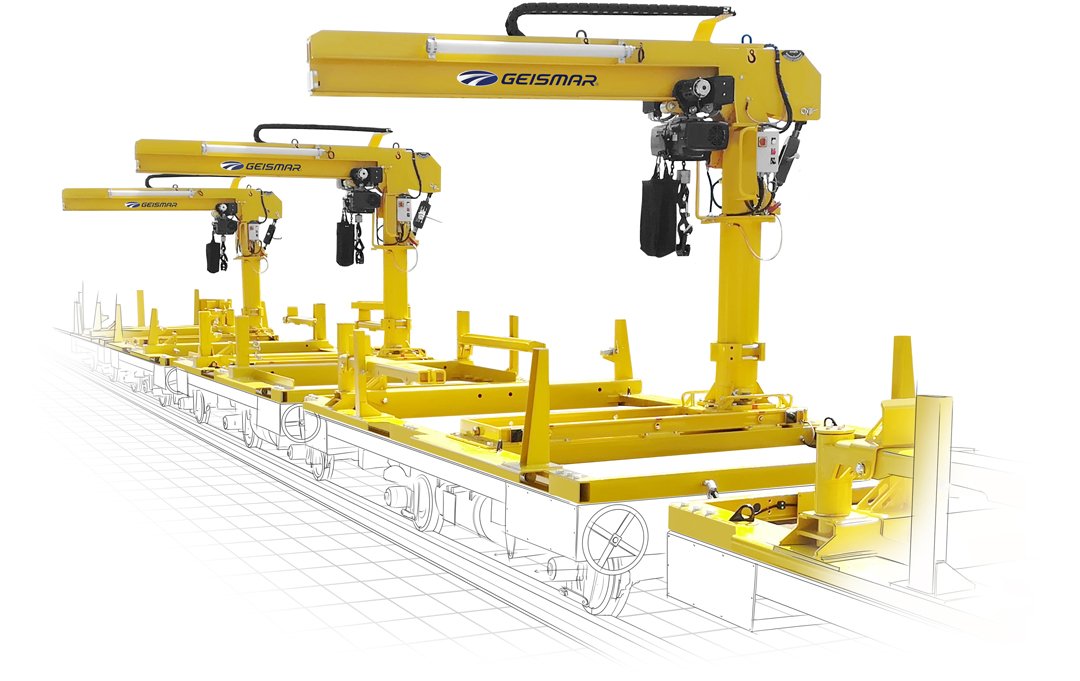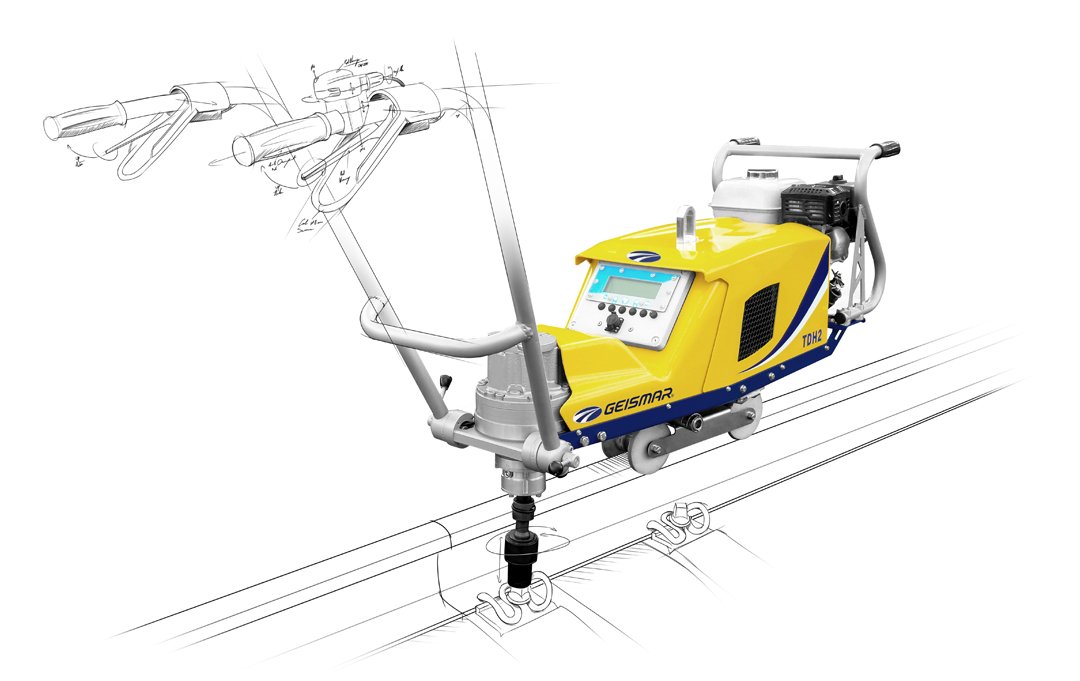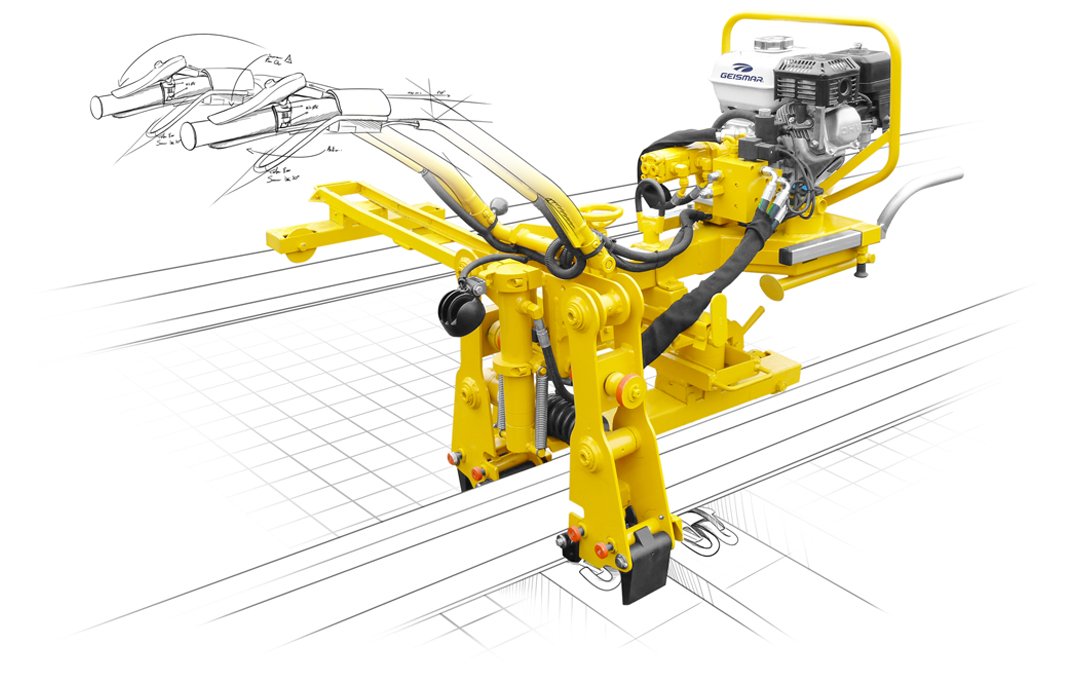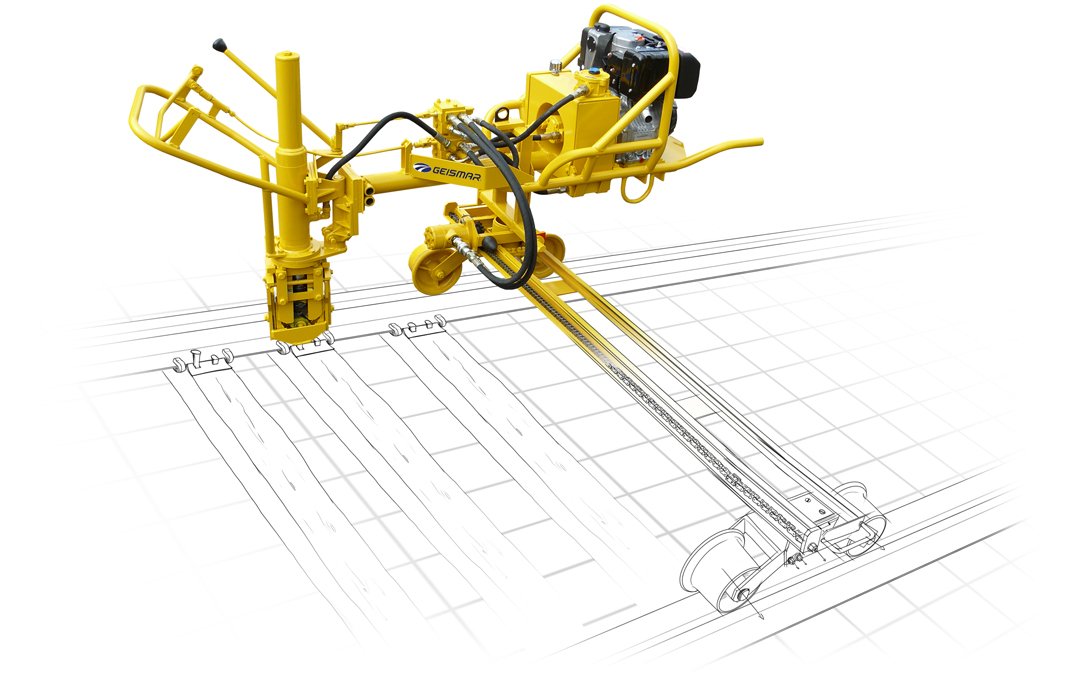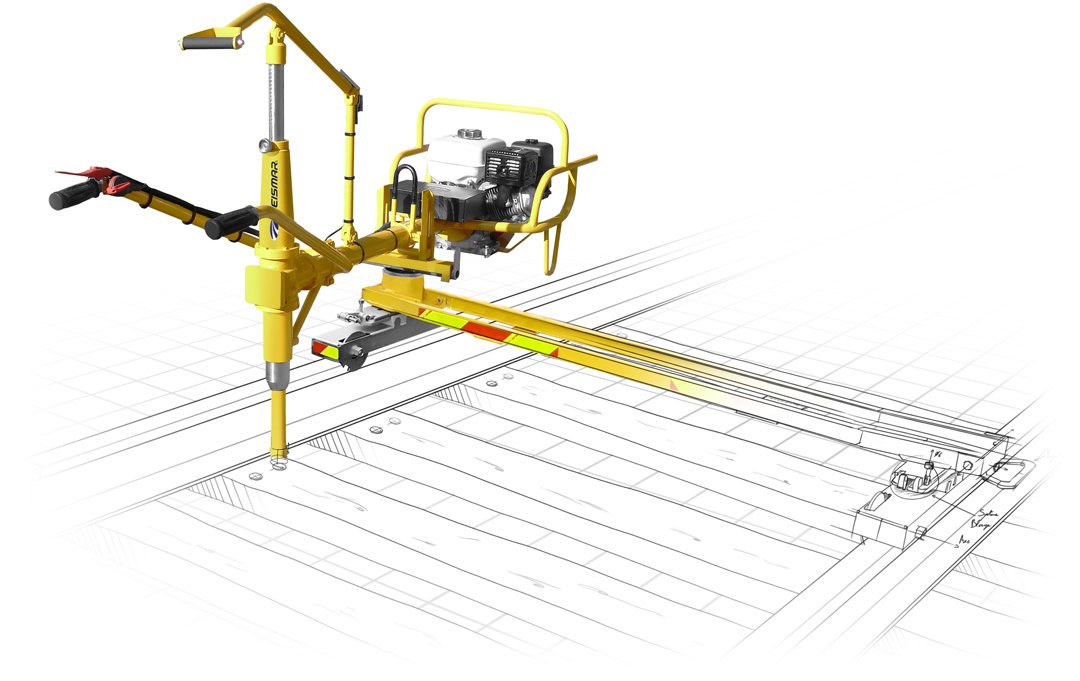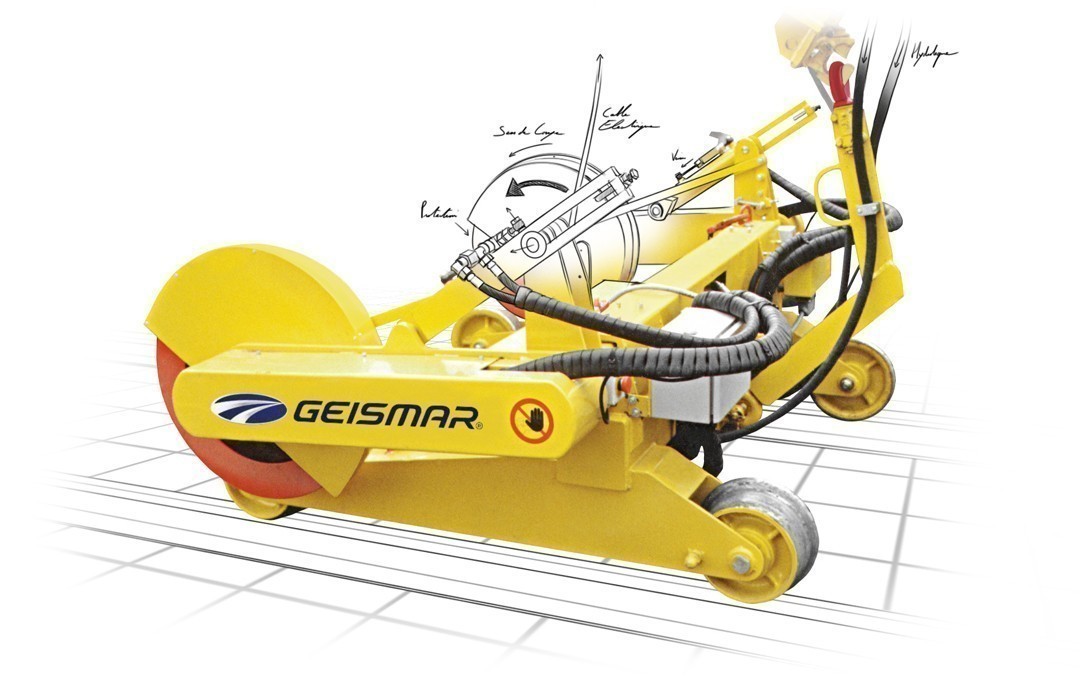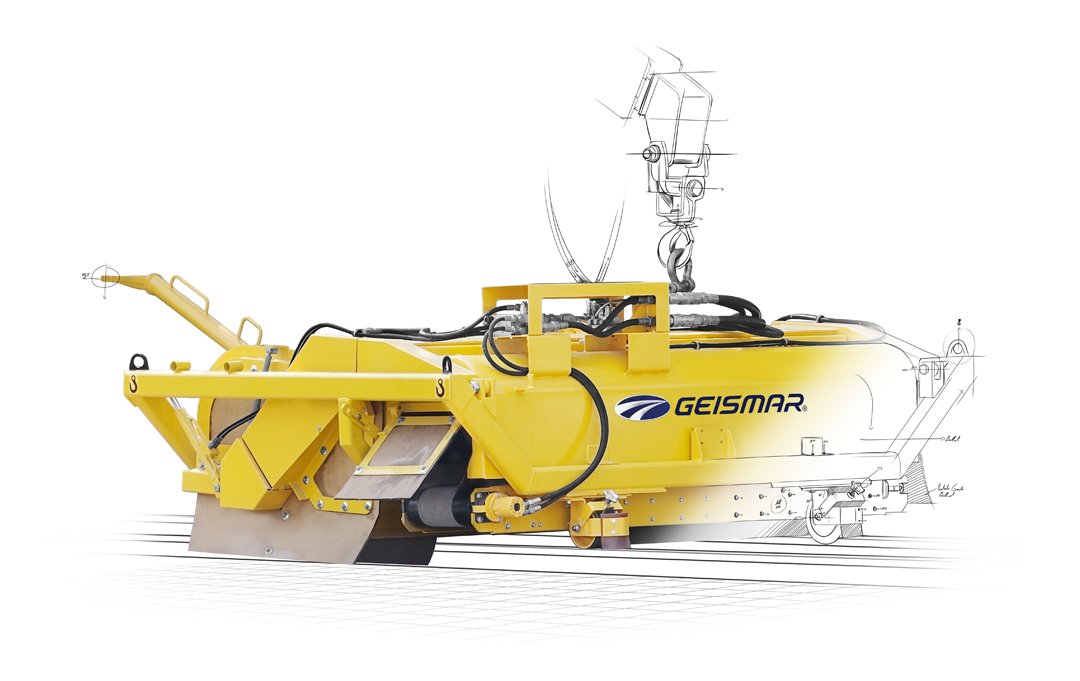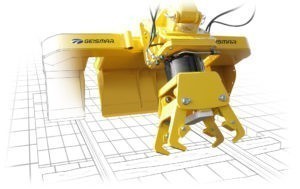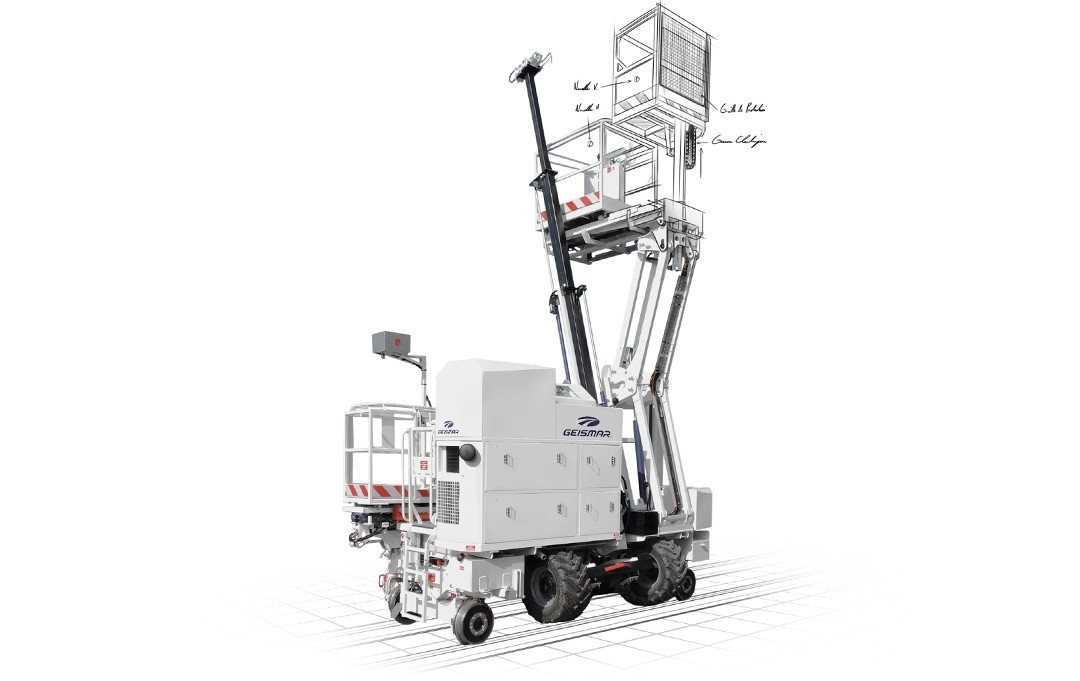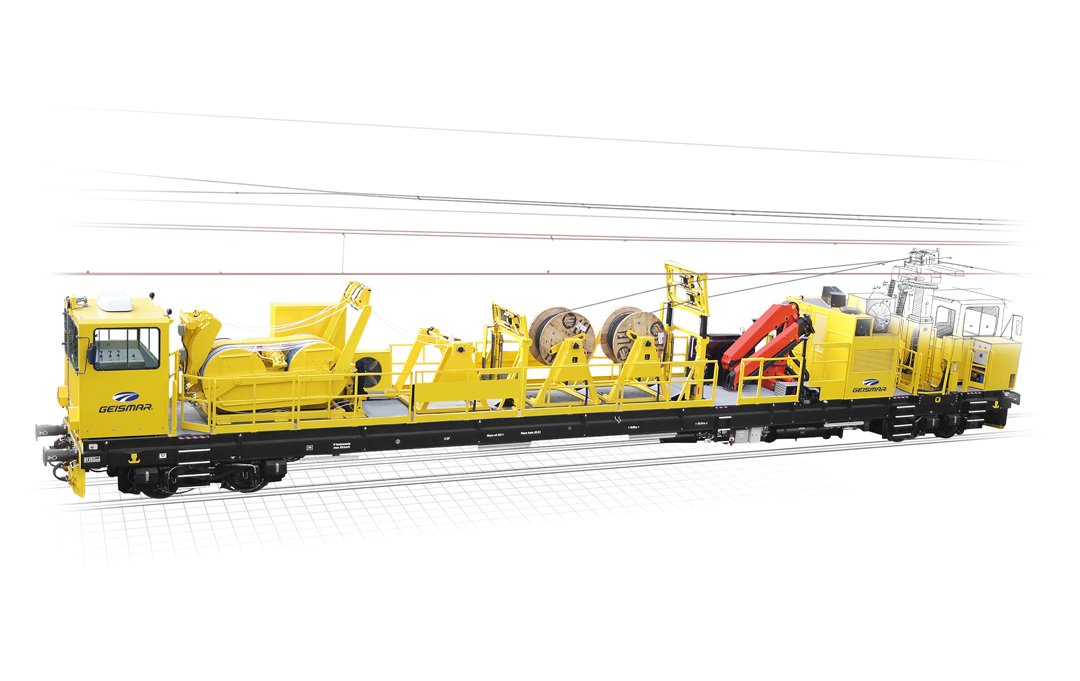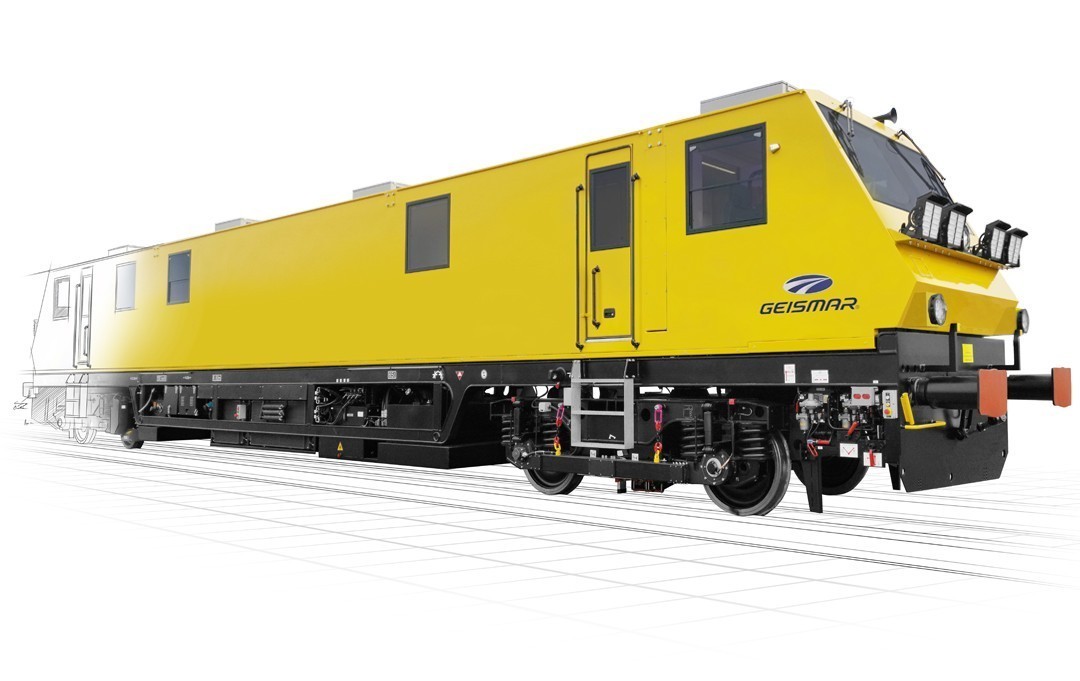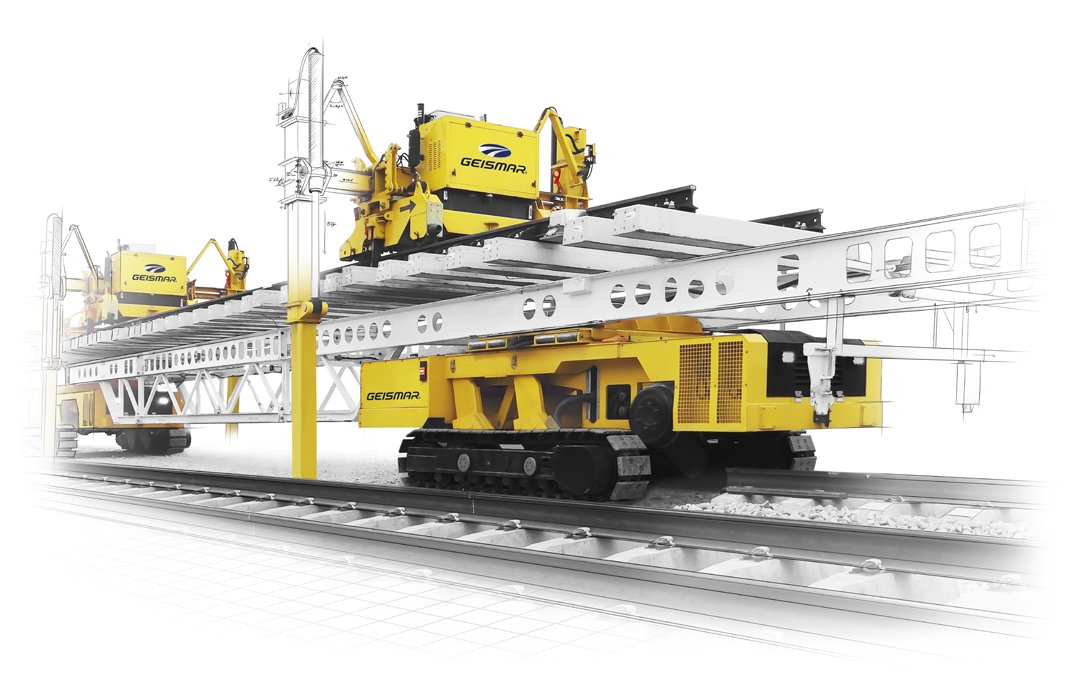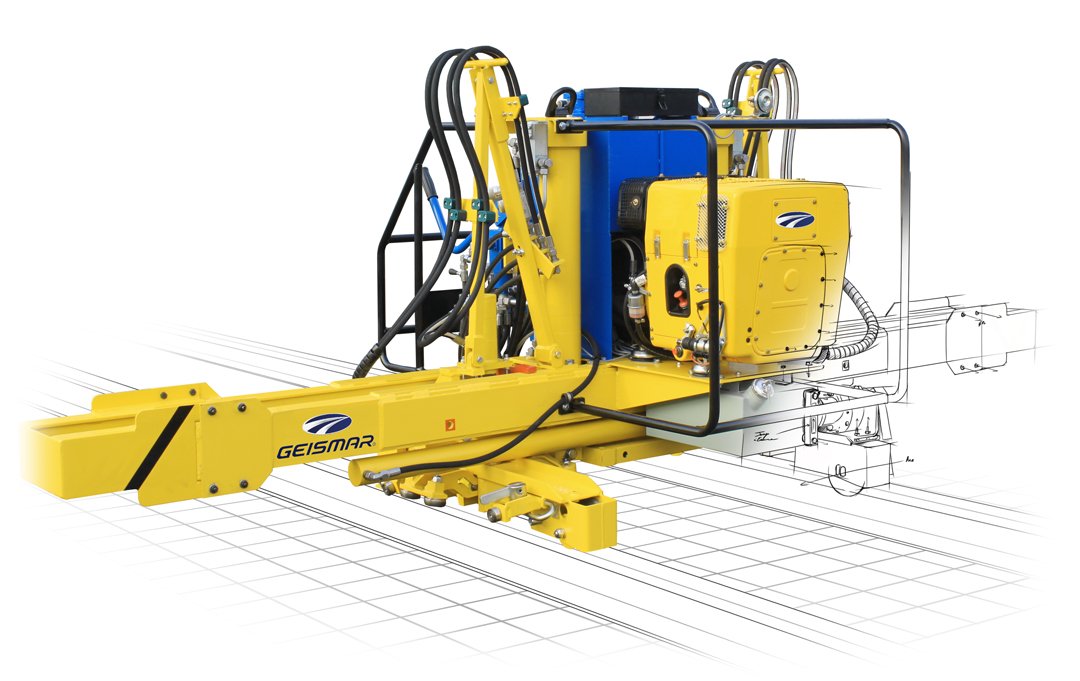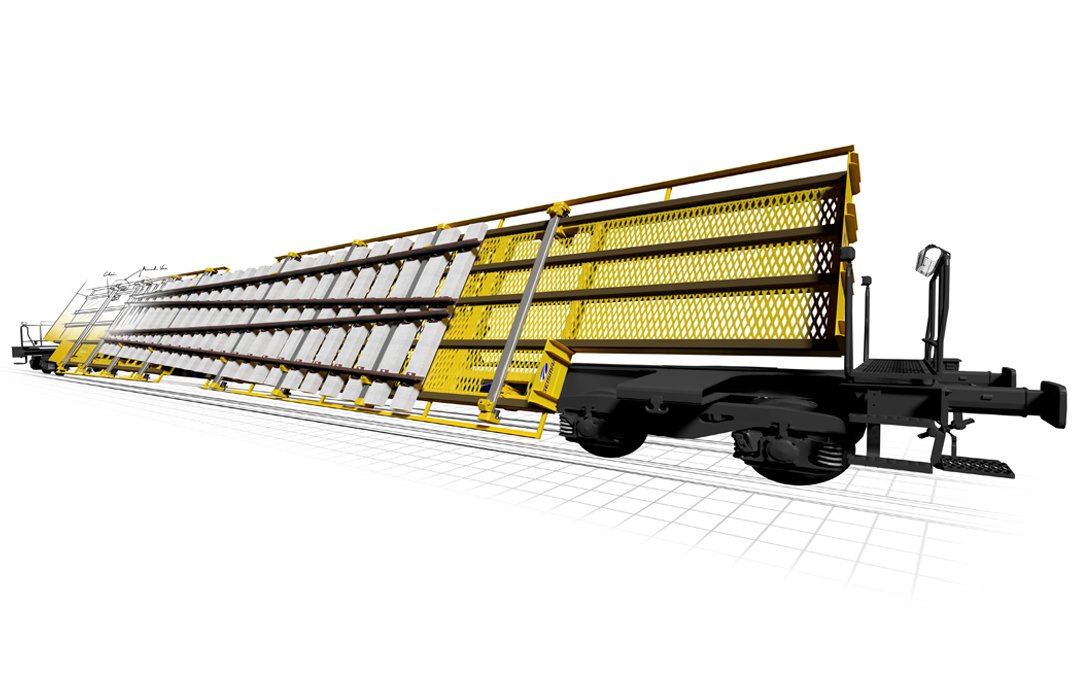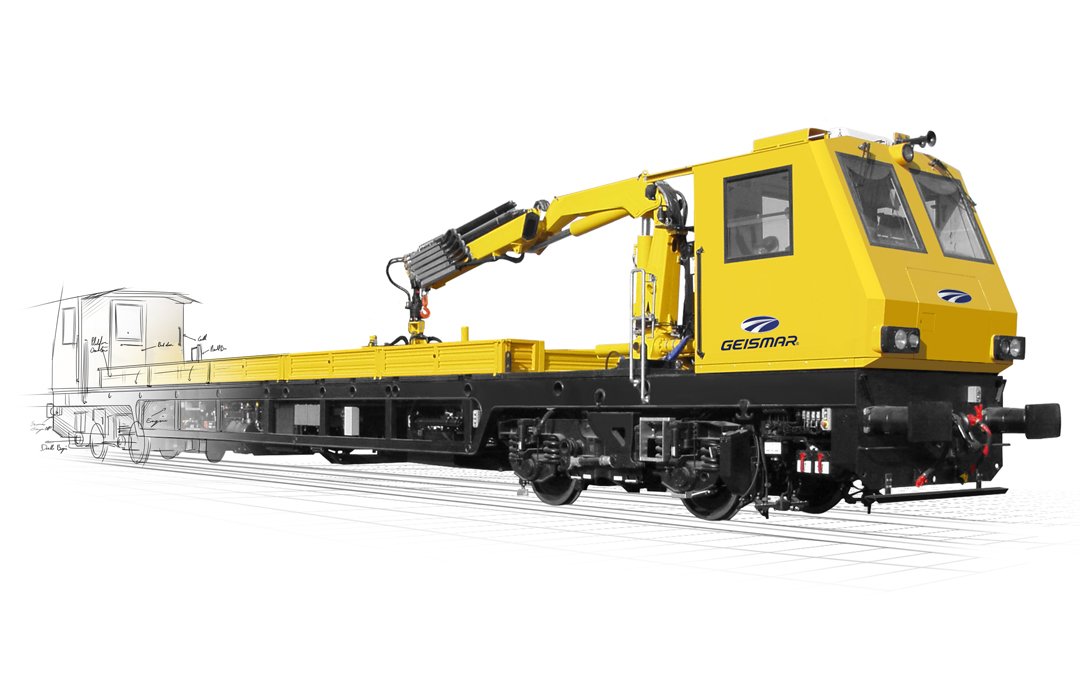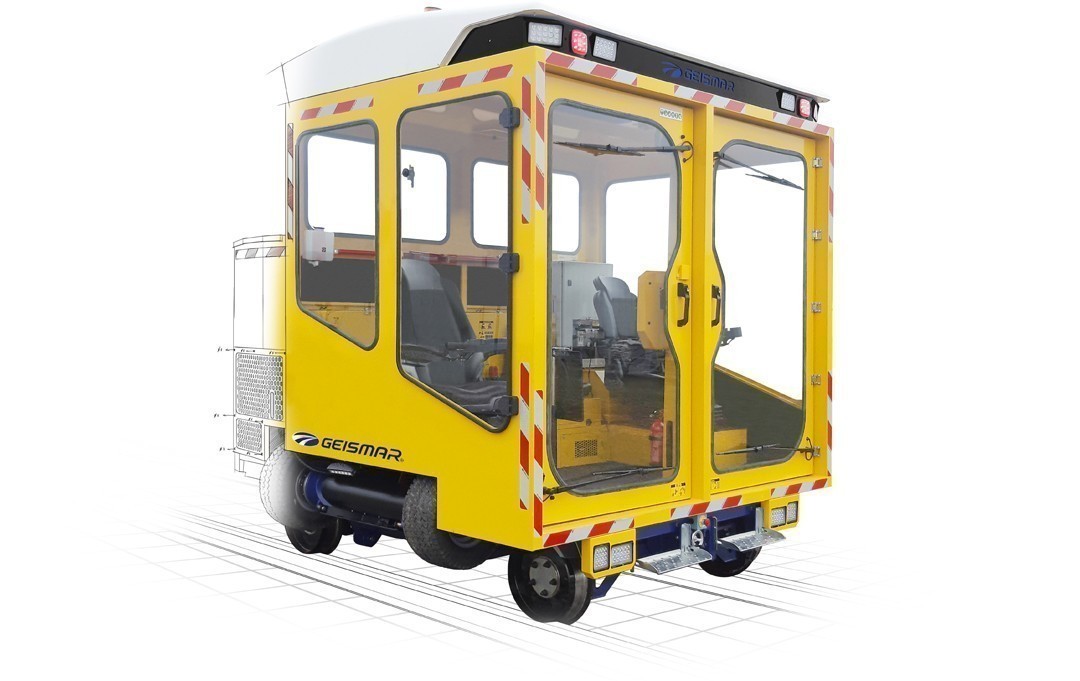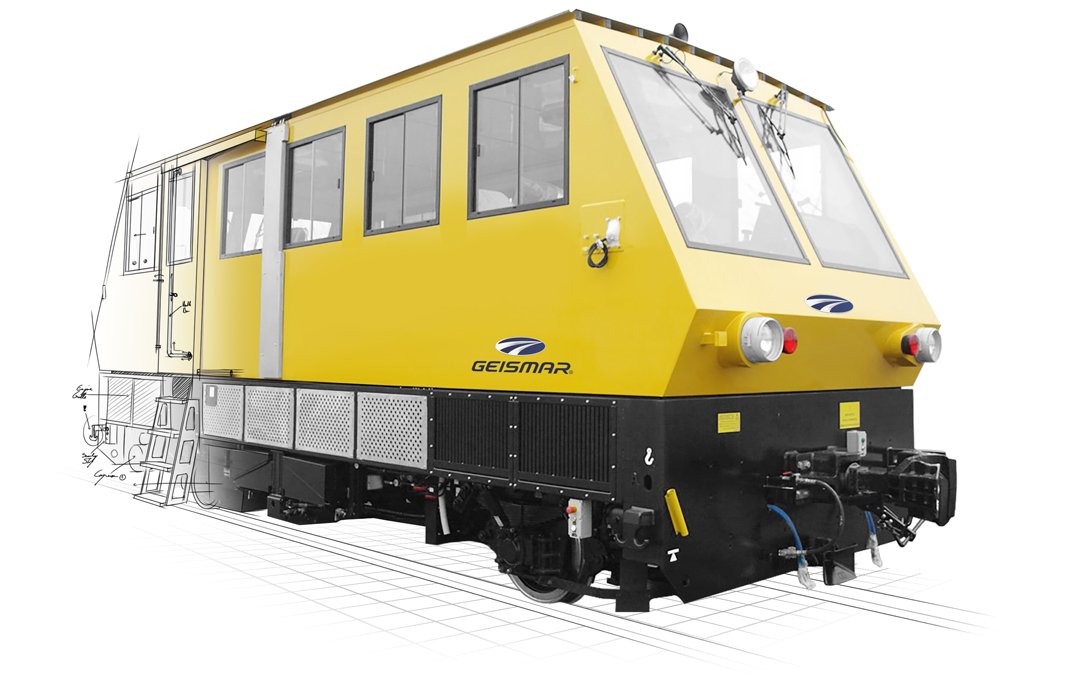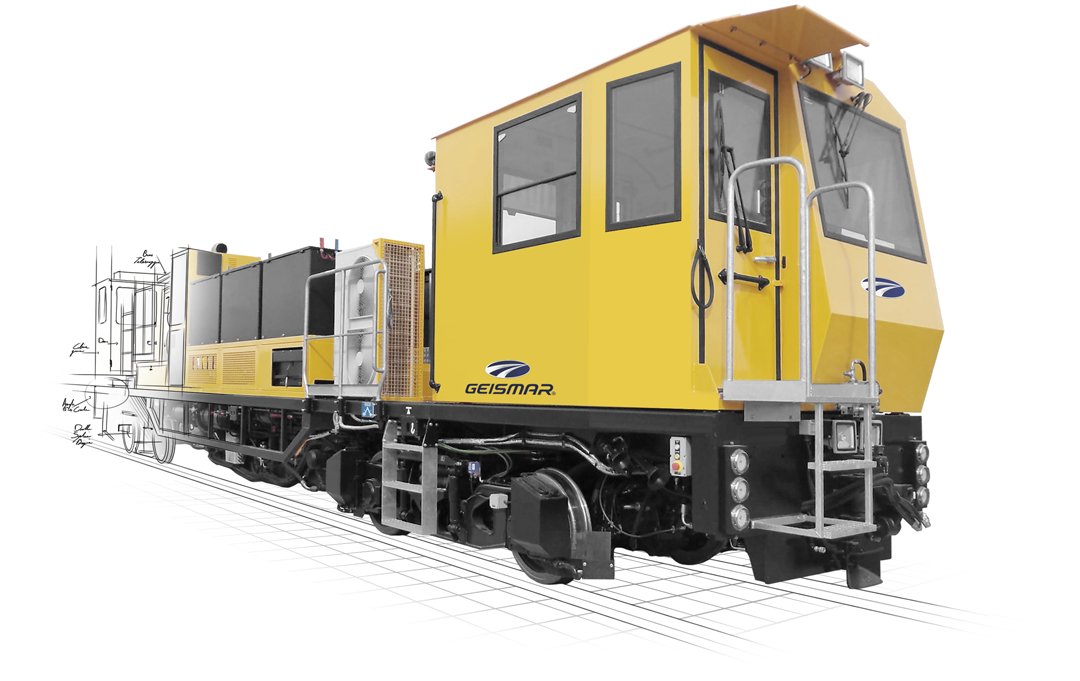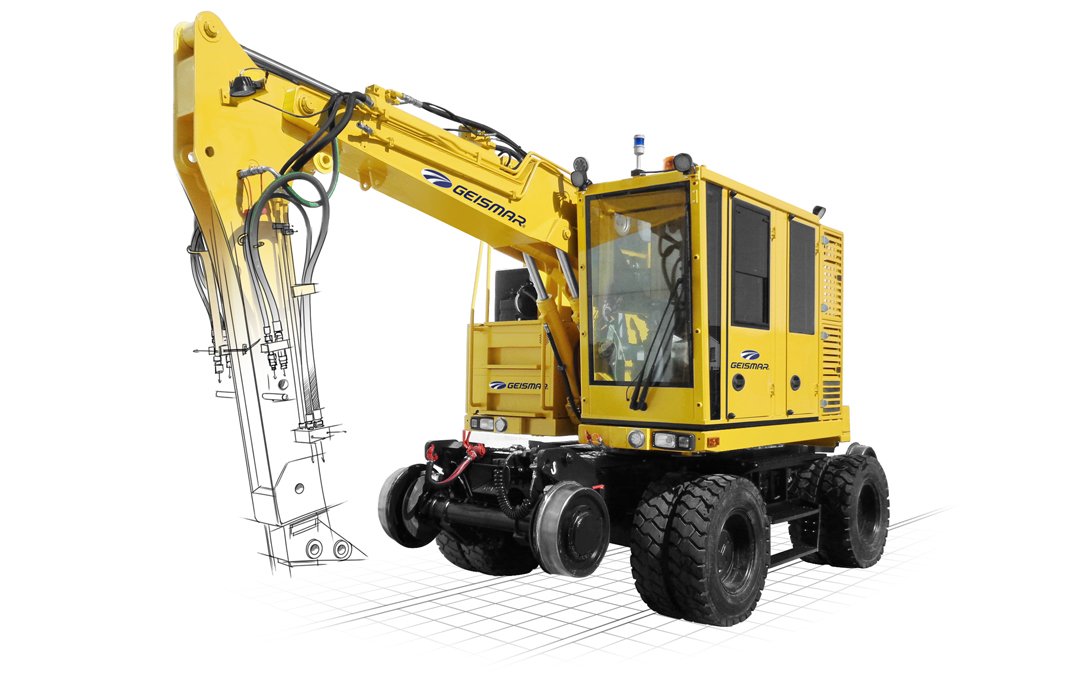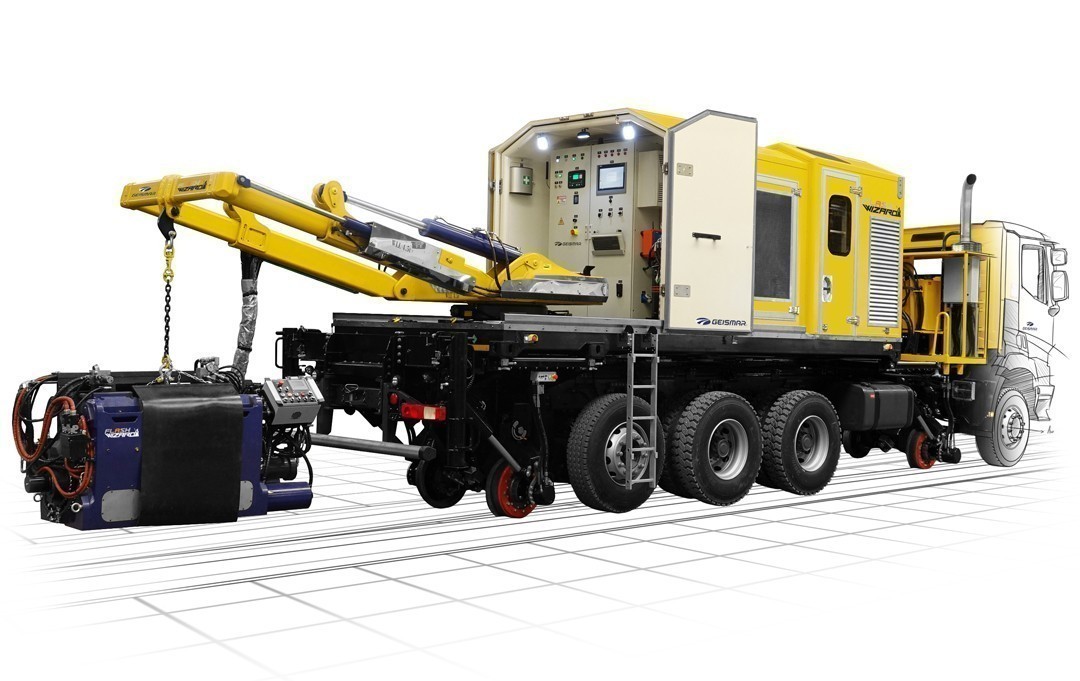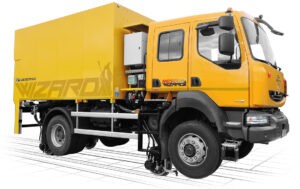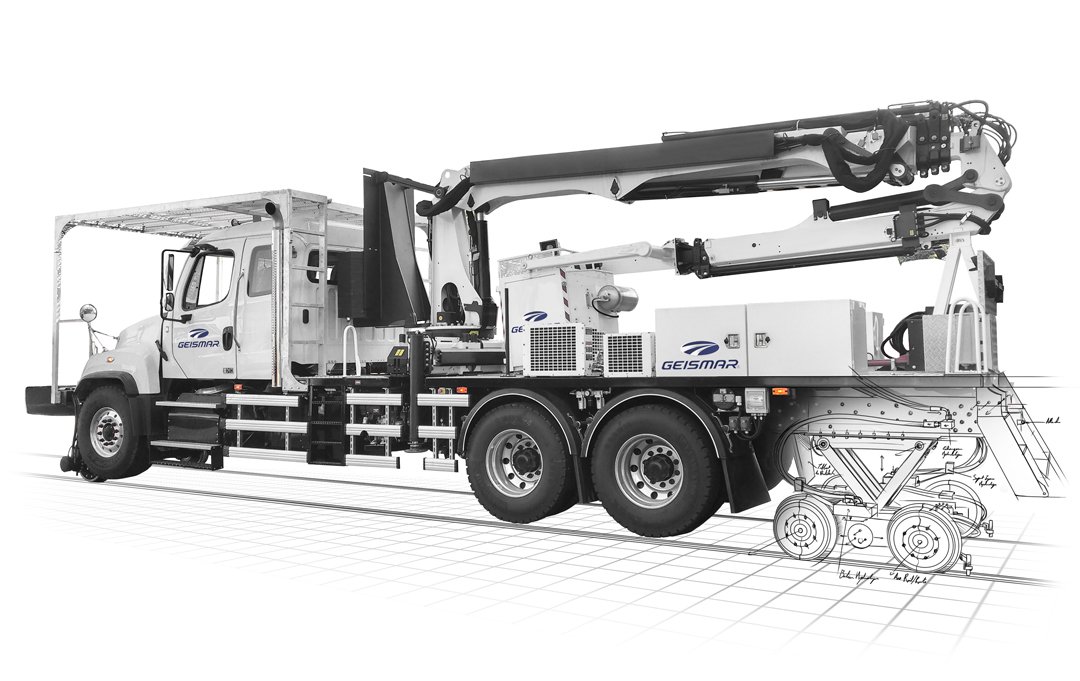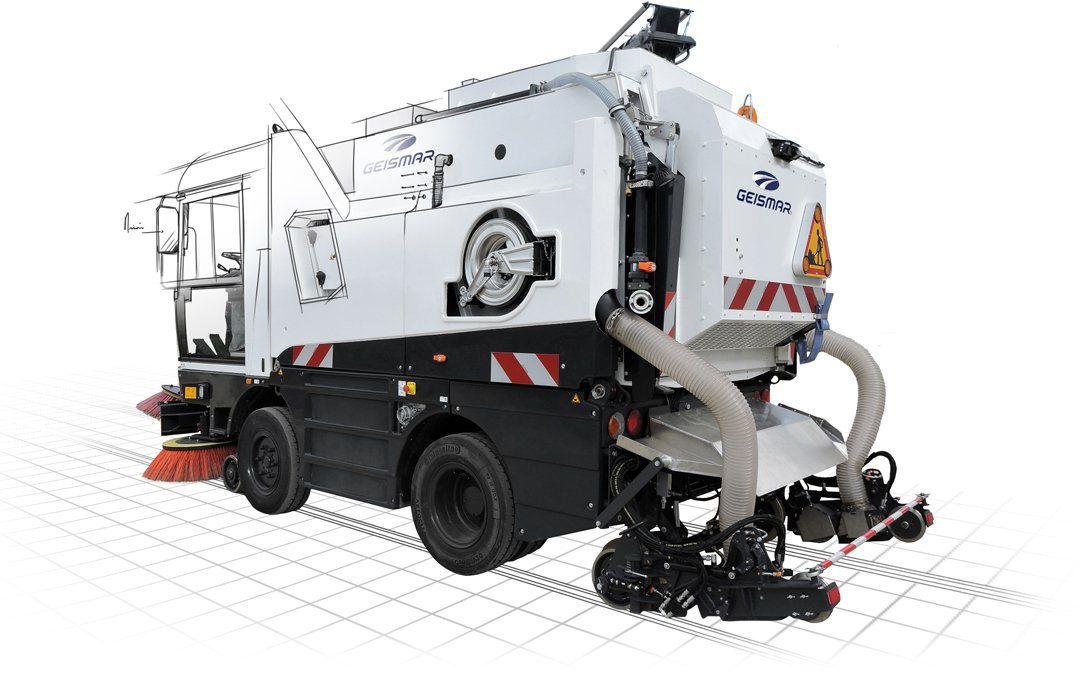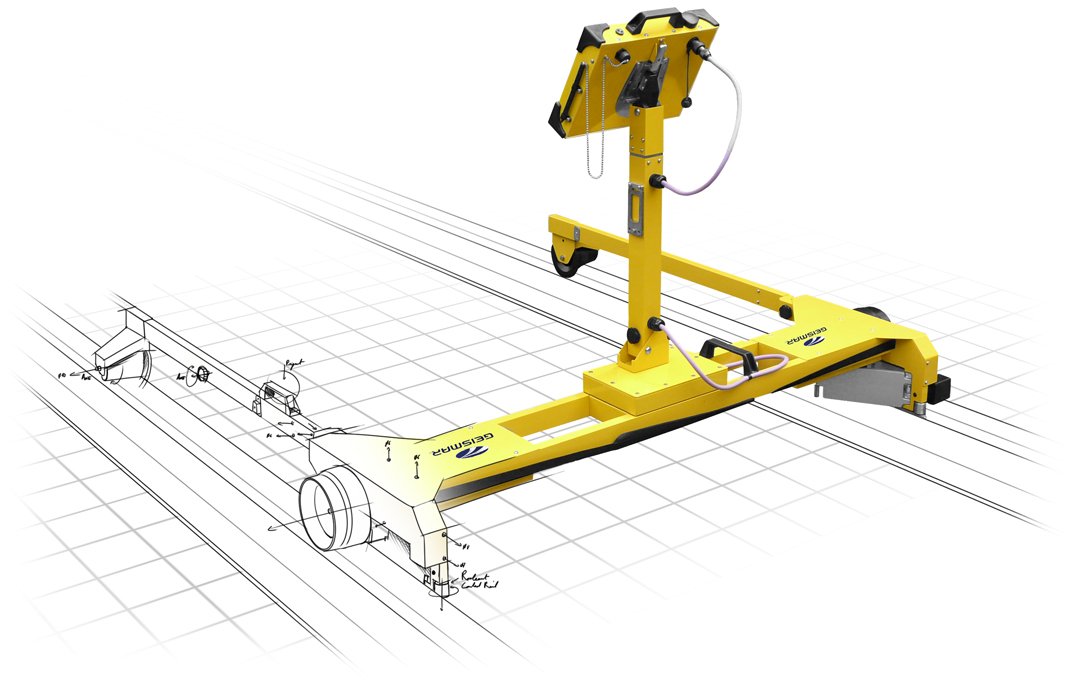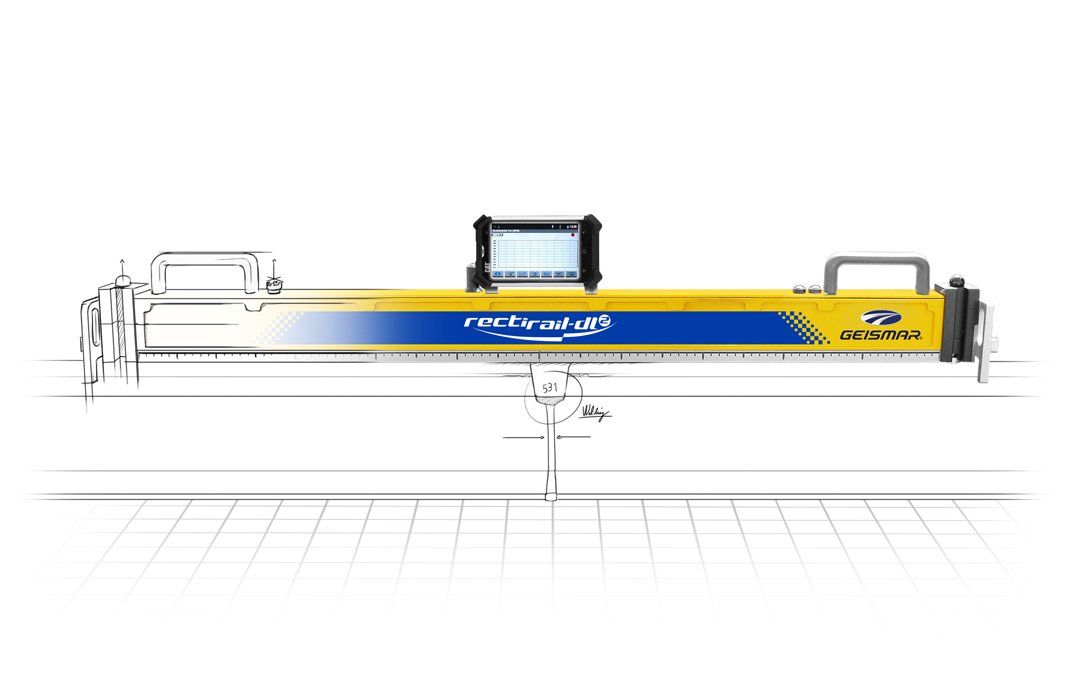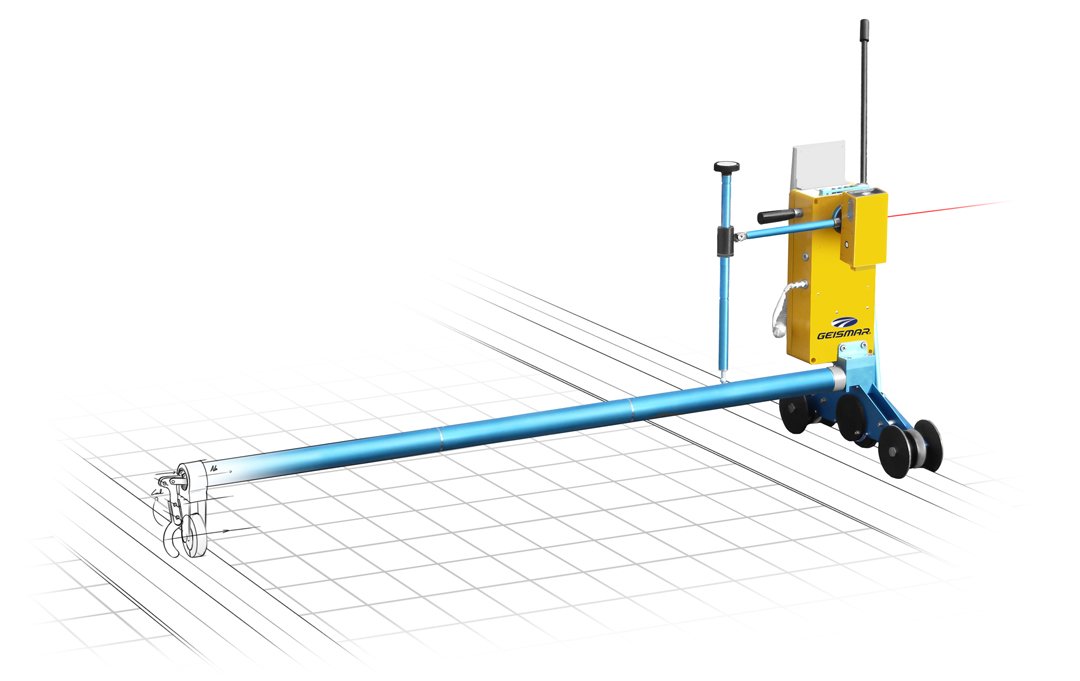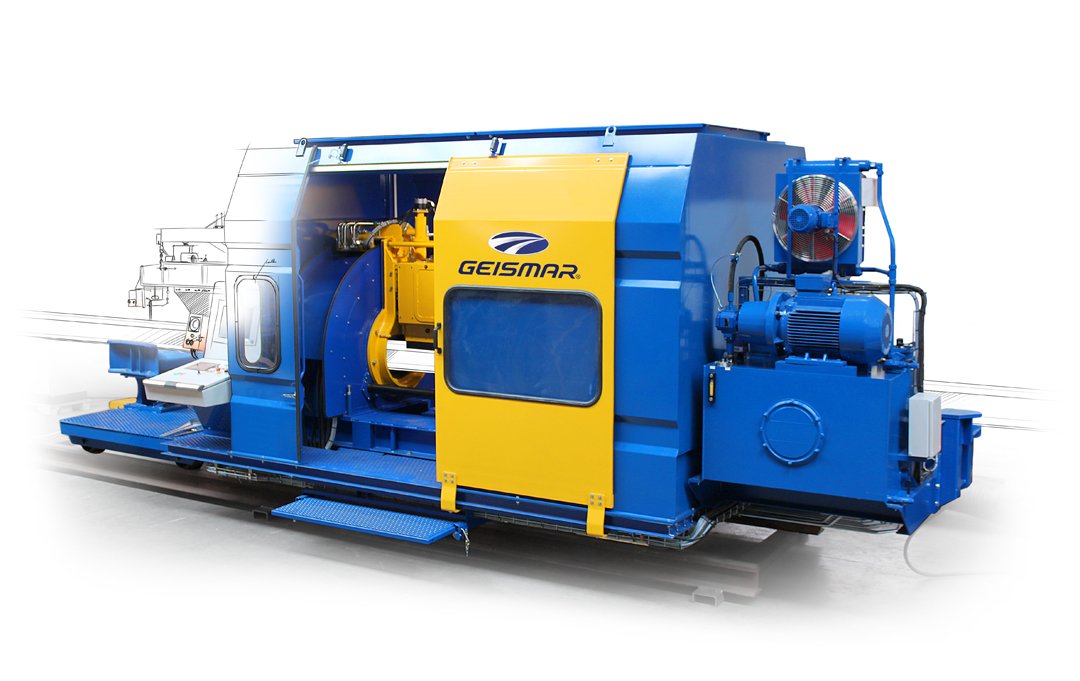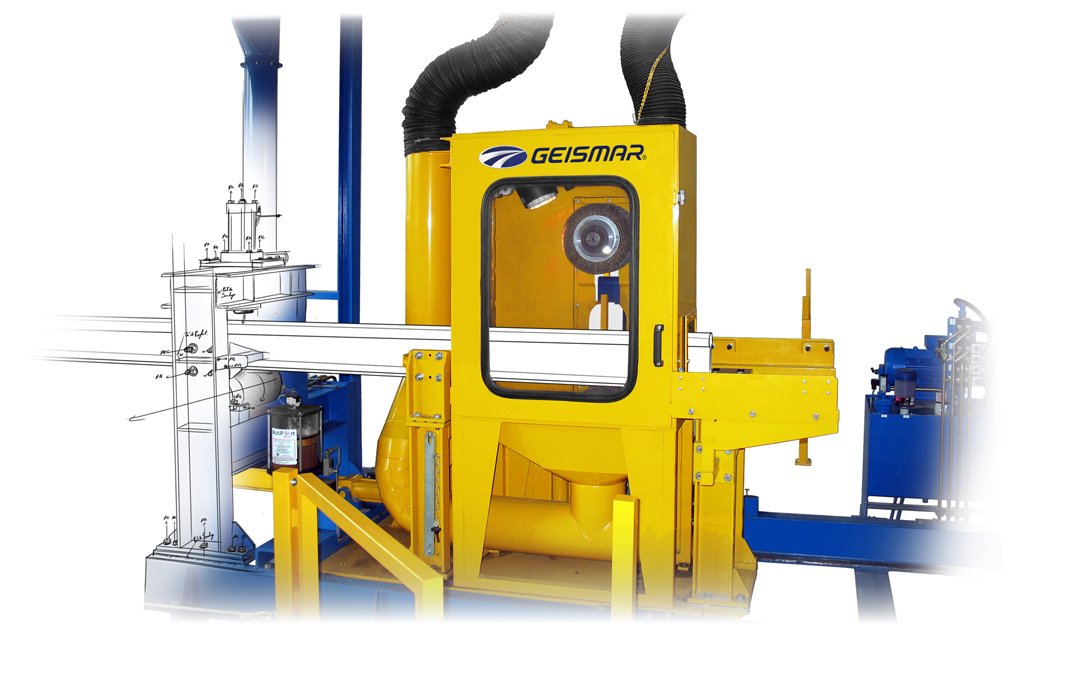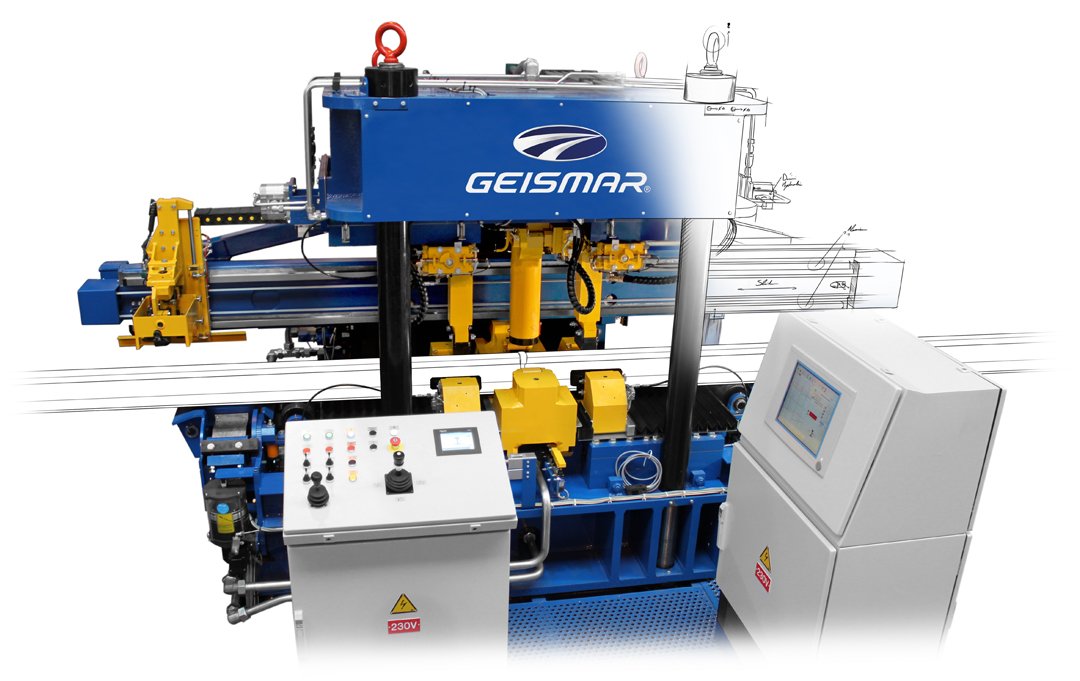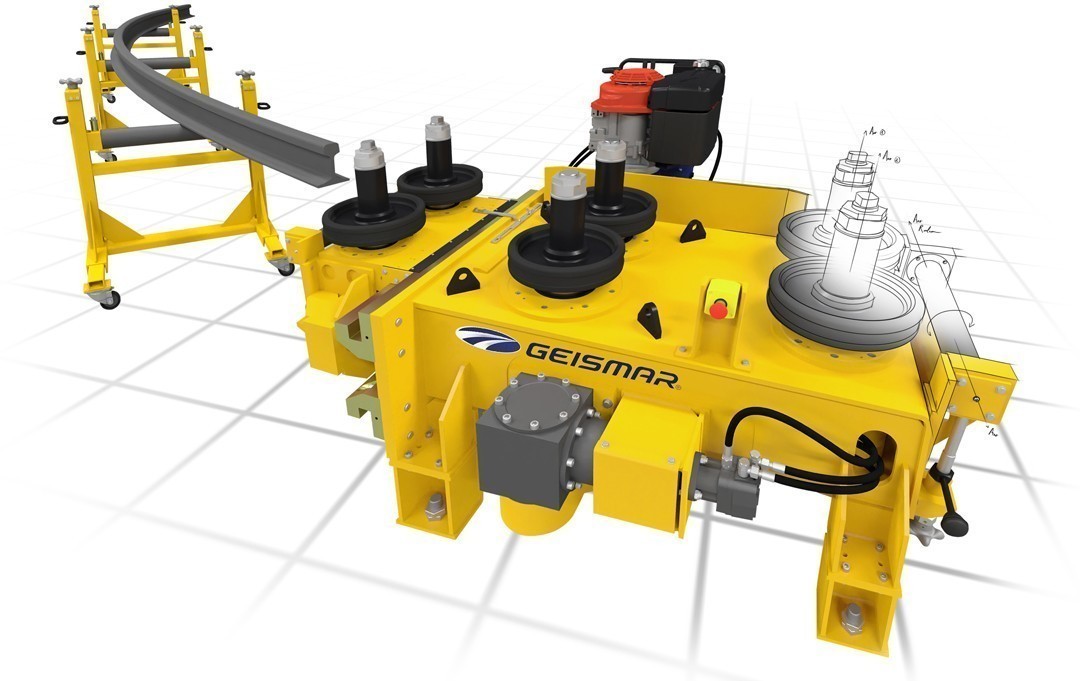Along the rails….
With an average lifespan of 30 years, a railway track is always built according to the same principle: two parallel rails, sleepers arranged perpendicular to the rails and a ballast… However, understanding the composition of a railway track is not as simple.
What is a railway?
A railway track consists of several elements, each of which plays a specific role in defining the geometry of the track:
- Rails: rails support the weight of the train and guide it. They are made of steel by rolling. The installation of rails requires specific equipment
- Ties or Sleepers: made of wood, concrete or steel, the ties maintain the distance between the two rails and their inclination in the track. They also transfer the pressure exerted by the train’s weight to the ballast
- Fasteners: the rails are fixed to the sleepers by fasteners
- Ballast: it is the bed of crushed stones on which the sleepers are placed. With a minimum thickness of 30 cm, it dampens the vibrations caused by the train to avoid any risk of track deformation or settling. During temperature variations, the ballast also stabilises the track by resisting the forces generated by the rails and ties
- Switch and Crossings: automatically or manually remotely operated, allows the train to branch from one track to another.
Wear and climatic variations
A railway track is subject to climatic conditions and natural wear and tear related to traffic operation on the lines. For example, a track with many trains (freight and high-speed trains) will have a shorter life span than a secondary line track with only a few trains. Also, to extend the life of a track and ensure passenger safety, rail companies regularly carry out inspection and maintenance work. Thus, it is not uncommon to see motor cars running on the lines that measure, control and monitor track geometry or rail integrity.
Find out more |
|||
The right track gaugeDepending on the railway companies, country regulations and the geography of the territory, the distance between the rails may vary. The most common gauge in the world (60% of lines) is 1,435 mm. This is what is called «standard gauge». An upper gauge is called ‘wide gauge’ and a lower gauge is called ‘narrow gauge’. |
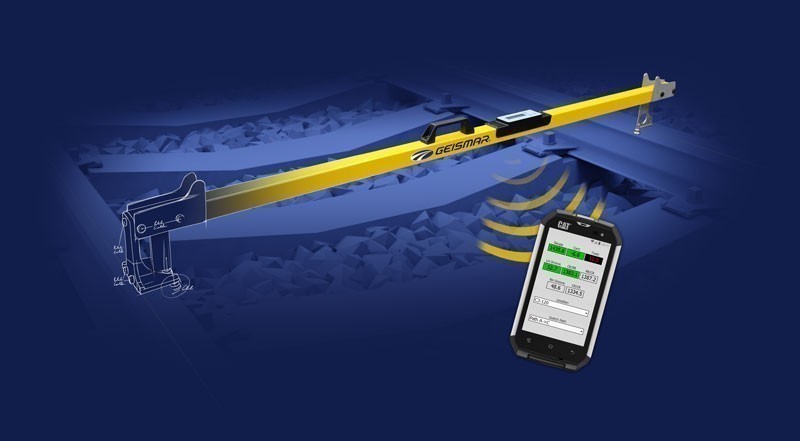 |
||
Find out more |
|||
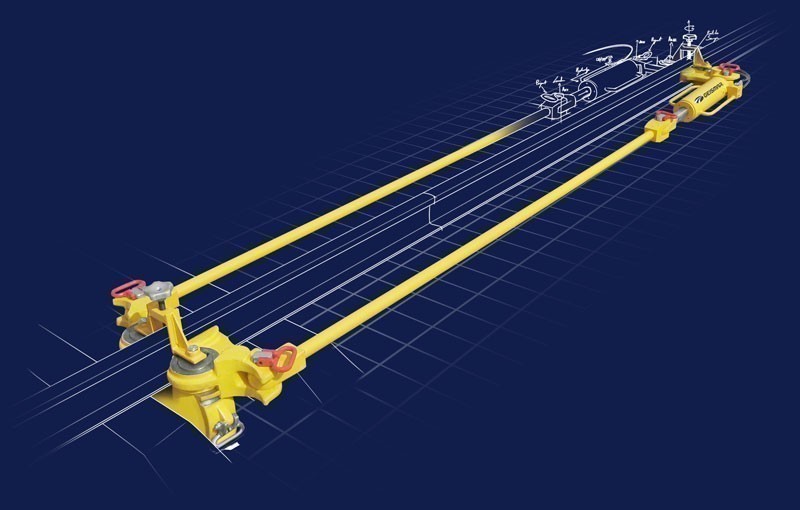 |
Why are the rails sensitive to high temperatures?Made of 95% steel, rails are very sensitive to temperature variations. If the temperature reaches 37° in the sun, it is 55° on the rail, which triggers «expansion» and the opposite ‘contraction’ at low temperatures. The track can then undergo significant deformations, potentially dangerous for train movements. To mitigate against rail expansion and contraction, special equipment is used to ensure the rails are installed under stress free conditions. |
||
 Conectarse
Conectarse



